This article was co-authored by Scott Anderson, MA, ATC, SFMA, DNSP and by wikiHow staff writer, Amy Bobinger. Scott Anderson is the Chief Clinical Officer at SyncThink, an award winning startup founded out of Stanford University. Scott previously served as the Director of Sports Medicine/Athletic Training for Stanford University for over ten years from 2007 to 2017. Scott has over 18 years of clinical and management experience, and is a recognized international speaker on topics of clinical specialization, which include developmental kinesiology, neuroscience/concussion, and movement dysfunction. He is a certified Dynamic Neuromuscular Stabilization Practitioner (DNSP), Sports Safety Specialist and is certified to conduct Selective Functional Movement Assessments (SFMA), and Functional Movement Screenings (FMS). He earned a BS in Athletic Training from Washington State University in 2000 and an MA in Athletic Administration from Saint Mary's College in 2002.
There are 10 references cited in this article, which can be found at the bottom of the page.
This article has been viewed 13,231 times.
If you're suffering from muscle soreness or pain, it could be caused by a strain. Muscle strains occur when the muscle stretches too far or contracts too quickly[1] This can happen due to sports, other physical activities, or simply in the course of daily life. Depending on the severity of the muscle strain, you can treat it at home or seek medical attention.
Steps
Treating a Minor Muscle Strain at Home
-
1Rest the injured muscle to prevent further damage. The most important thing you can do for a muscle strain is to give it time to heal. Try to avoid doing anything that would put weight on the strained muscle, including playing sports, exercising, or doing physical labor. Instead, stick to gentle movement.[2]
- For instance, if the strained muscle is in your arm or chest, avoid picking up anything heavy.
- Try resting the muscle for at least 2-3 days, then do a few minutes of light activity to see how you feel. If you're still experiencing pain, rest a little longer.
-
2Start moving again after 24-48 hours to speed up recovery. Once you can use the injured muscle without the pain stopping you, try to resume your daily activities. This will keep the muscle from becoming stiff.[3]
- Prolonged bed rest can actually make your symptoms last longer, delaying recovery.[4]
Advertisement -
3Elevate a strained leg muscle on a pillow. You can prop your leg up on a pillow while you are lying in bed or sitting on the couch, for instance. Elevating the muscle as much as possible will help prevent and reduce swelling.[5]
- If you have to sit in a desk at school, ask your teacher if you can use a small stool or chair to prop your leg on while it's healing.
-
4Apply heat for 15-30 minutes every 2-3 hours to increase blood flow to the injury. Heat will help improve the circulation to the strained muscle. If you have a hot water bottle, hold it against the strain for about 15-30 minutes at a time several times a day. If you don't have a hot water bottle, you can use a disposable heat wrap or a heating pad.[6]
- You may need to put a towel between the heat source and your injury to protect your skin.
- Check the skin under the heat source every few minutes to make sure it isn't getting too hot.
- If you're experiencing a lot of pain and swelling, you can alternate the heat with an ice pack, which will reduce pain and swelling.[7]
-
5Take nonsteroidal anti-inflammatories (NSAIDs) to decrease pain and swelling.[8] NSAIDs are available over-the-counter and include ibuprofen, aspirin, and naproxen.They can be very effective at easing the discomfort and swelling associated with a strain. Follow the manufacturer’s instructions regarding dosage and read the warning labels regarding any potential drug interactions.
- Call your doctor if you have any question about whether it's safe for you to take NSAIDs due to other health issues, such as a recent bout of flu or chicken pox, or medications you're taking.
- You can also take acetaminophen if that's all you have on hand, but it will only help with the discomfort, not the swelling.[9]
- Don't give aspirin to a child under the age of 12.[10]
Seeking Medical Attention for a Muscle Strain
-
1Seek medical help immediately if you hear a pop at the time of injury. A popping sound could indicate that you've suffered from a torn muscle. This is often accompanied by severe pain, swelling, tenderness, and discoloration. In this case, seek emergency medical care to ensure you don't suffer any further damage to the muscle.[11]
- Serious muscle strains will result in the loss of function in that muscle and may require surgery.
-
2Go to your doctor if you can't support any weight on the muscle. If you can’t move or bear weight on the joint, or if you have numbness in any part of the injured area, it could be a more serious injury, such as a fracture. Make an appointment with your doctor or go to the emergency room or an urgent care center to be seen as soon as possible.[12]
- Another symptom of a possible fracture is pain that feels like it's directly over a bone.
-
3Make an appointment if a muscle strain doesn’t improve after 48 hours. For most strains, you'll notice an improvement after the first few days. If your pain level is still very high and you're concerned the muscle isn't healing, or if the strain is preventing you from doing daily activities like walking, dressing, or eating, call your doctor and make an appointment. Your doctor can determine if you need to limit your activities or take time off work.[13]
- If necessary, your doctor can also provide a referral for physical therapy.[14]
Preventing a Future Muscle Strain
-
1Stretch before and after exercising. Spend a few minutes warming up before strenuous exercise, such as gently running in place before you set off on a longer run. After exercising, stretch the muscles that you have been working, such as doing calf stretches after jogging.[15]
- It is also a good idea to spend a few minutes stretching each day, even if you aren’t planning to work out.
-
2Increase the intensity gradually when you're exercising. Muscle strain is more likely to occur when you push yourself too hard. Start by exercising at a level you know you're comfortable with, then slowly work up to longer workouts and more difficult exercises.[16]
- For instance, if you're lifting weights, start with an amount you know you can lift. Do a few reps at that weight, then add more weight very gradually.
- If you are recovering from pushing yourself too hard, yoga can be a great practice to help facilitate your recovery.[17]
-
3Practice good posture throughout your day.[18] When you are standing, keep your back straight and shoulders back. Sit with your knees bent and your feet flat on floor. When you are lifting a heavy object, bend your knees and use your leg muscles to balance the load.[19]
- It is also important to avoid overreaching and sudden twisting motions.
References
- ↑ https://www.health.harvard.edu/a_to_z/muscle-strain-a-to-z
- ↑ https://www.nhs.uk/conditions/sprains-and-strains/
- ↑ https://www.nhs.uk/conditions/sprains-and-strains/
- ↑ https://my.clevelandclinic.org/health/diseases/10265-back-strains-and-sprains/management-and-treatment
- ↑ https://www.nhs.uk/conditions/sprains-and-strains/
- ↑ https://www.verywellhealth.com/why-you-shouldnt-do-rice-for-sprains-4144771
- ↑ https://health.clevelandclinic.org/should-you-use-ice-or-heat-for-pain-infographic/
- ↑ Scott Anderson, MA, ATC, SFMA, DNSP. Sports Medicine & Injury Prevention Specialist. Expert Interview. 24 March 2020.
- ↑ https://www.health.harvard.edu/pain/where-to-turn-for-pain-relief-acetaminophen-or-nsaids
- ↑ https://www.verywellhealth.com/why-kids-shouldnt-take-aspirin-770789
- ↑ https://www.health.harvard.edu/a_to_z/muscle-strain-a-to-z
- ↑ https://my.clevelandclinic.org/health/diseases/15461-sprains-of-the-ankle-knee-and-wrist
- ↑ https://www.health.harvard.edu/a_to_z/muscle-strain-a-to-z
- ↑ https://my.clevelandclinic.org/health/diseases/15461-sprains-of-the-ankle-knee-and-wrist
- ↑ https://my.clevelandclinic.org/health/diseases/15461-sprains-of-the-ankle-knee-and-wrist
- ↑ https://www.health.harvard.edu/a_to_z/muscle-strain-a-to-z
- ↑ Scott Anderson, MA, ATC, SFMA, DNSP. Sports Medicine & Injury Prevention Specialist. Expert Interview. 24 March 2020.
- ↑ Scott Anderson, MA, ATC, SFMA, DNSP. Sports Medicine & Injury Prevention Specialist. Expert Interview. 24 March 2020.
- ↑ https://my.clevelandclinic.org/health/diseases/10265-back-strains-and-sprains/prevention
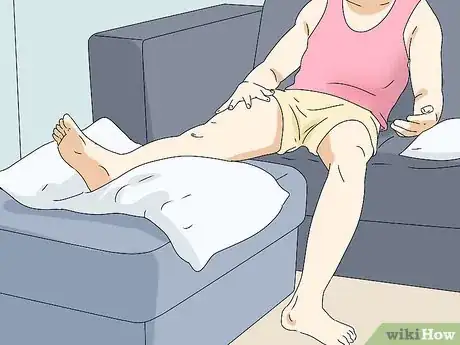
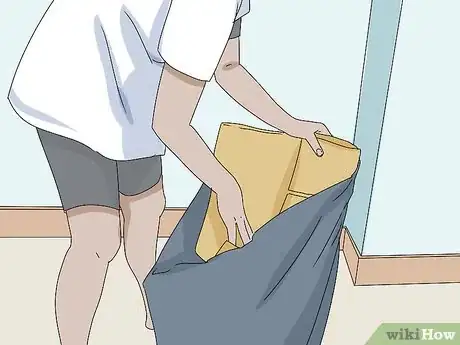
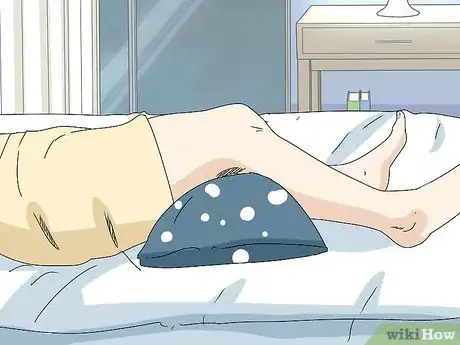
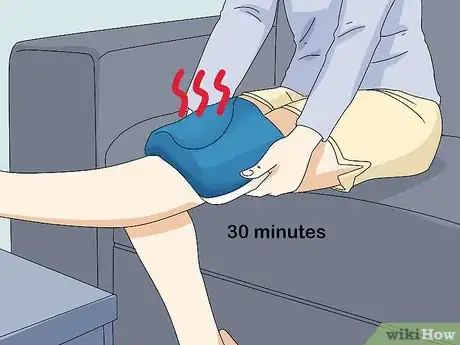
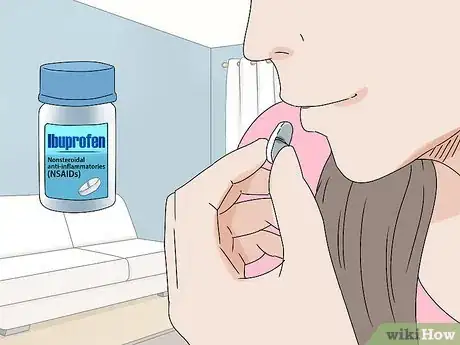

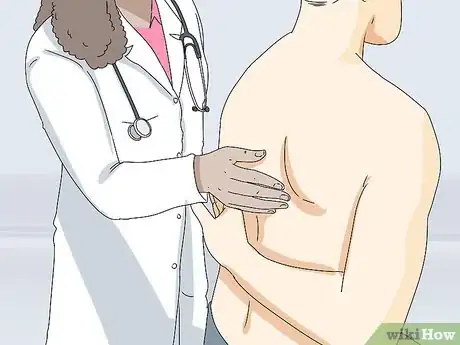
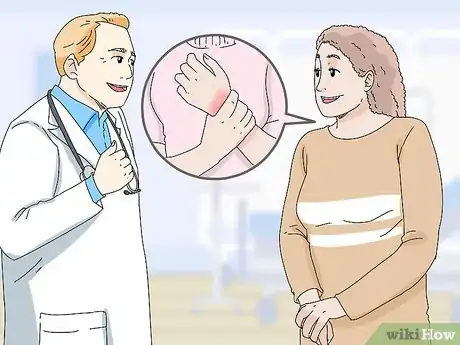
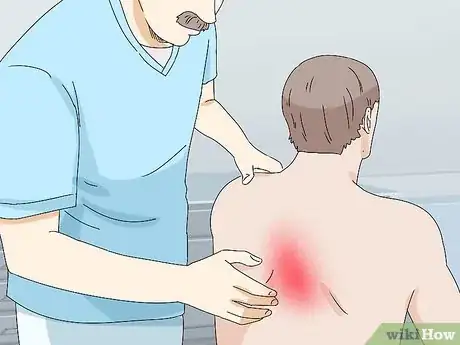
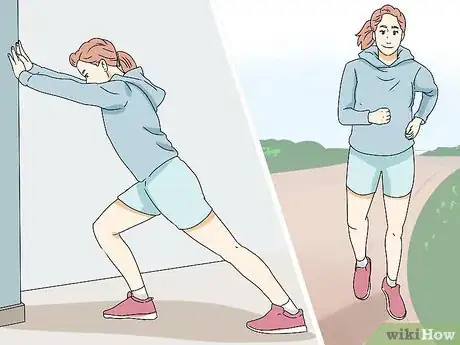
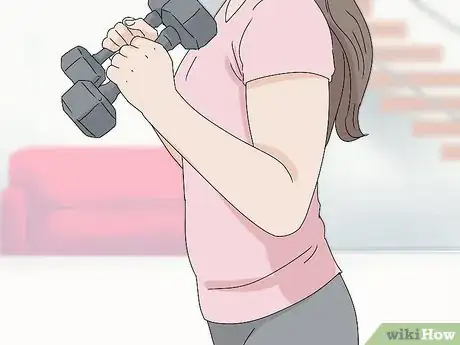
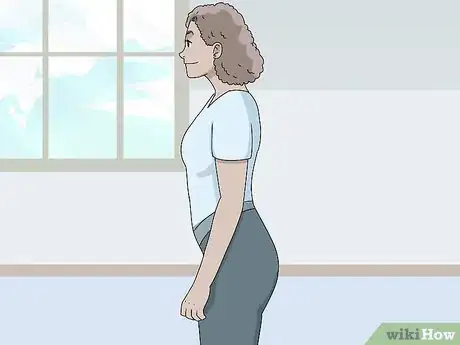
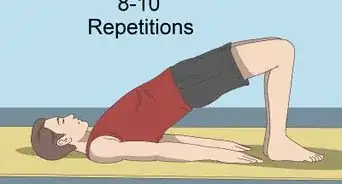
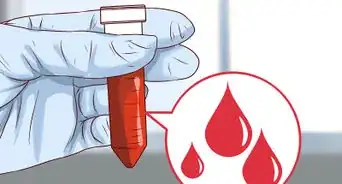
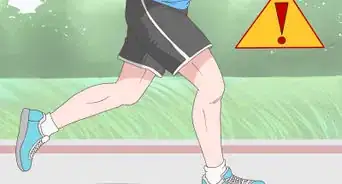
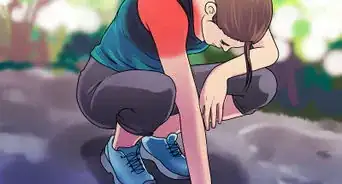
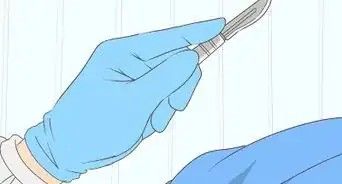
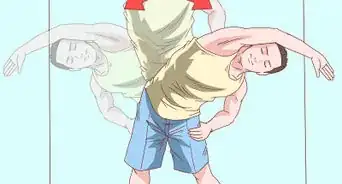
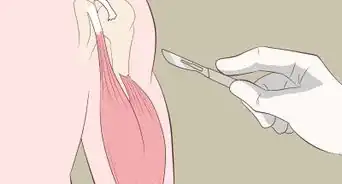
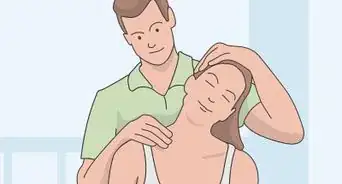
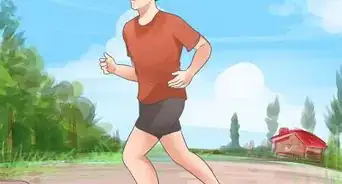
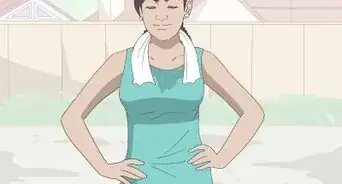






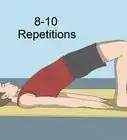
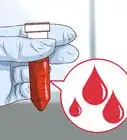
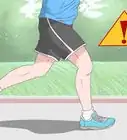
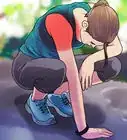



































Medical Disclaimer
The content of this article is not intended to be a substitute for professional medical advice, examination, diagnosis, or treatment. You should always contact your doctor or other qualified healthcare professional before starting, changing, or stopping any kind of health treatment.
Read More...